A is for Amande De B’Neville. What a little pocket rocket to begin a look back at the Tokyo 2020 Olympic Games. Julia Krajewski’s 11-year-old eventing gold medal winner by Oscar Des Fontaines was not even in serious contention for Tokyo had it gone ahead as planned in 2020. However, a string of good results in early 2021 and unfortunate luck by others saw her in the three-man team. They were fourth after dressage (25.20), second after cross-country and eventually completed on the second best finishing score ever at an Olympics – 26.0. Krajewski became the first female to win gold in eventing at the Olympic Games.
A is also for All In. Peder Fredricson’s 15-year-old mount by Kashmir Van Schuttershof became the first horse in almost 100 years to win two individual Olympic medals, having also won silver in Rio. He helped Sweden to team gold on the final day with a speedy jump-off when the pressure was heaped on him. Pure class from this pair.
B is for Ballaghmor Class, the wonderful Irish Sport Horse who won team gold for Britain and finished fifth individually under Oliver Townend. They were in the gold medal position after cross-country but had two fences down over two rounds on the final day. The 14-year-old gelding by Courage II was bred by the late Noel Hickey.
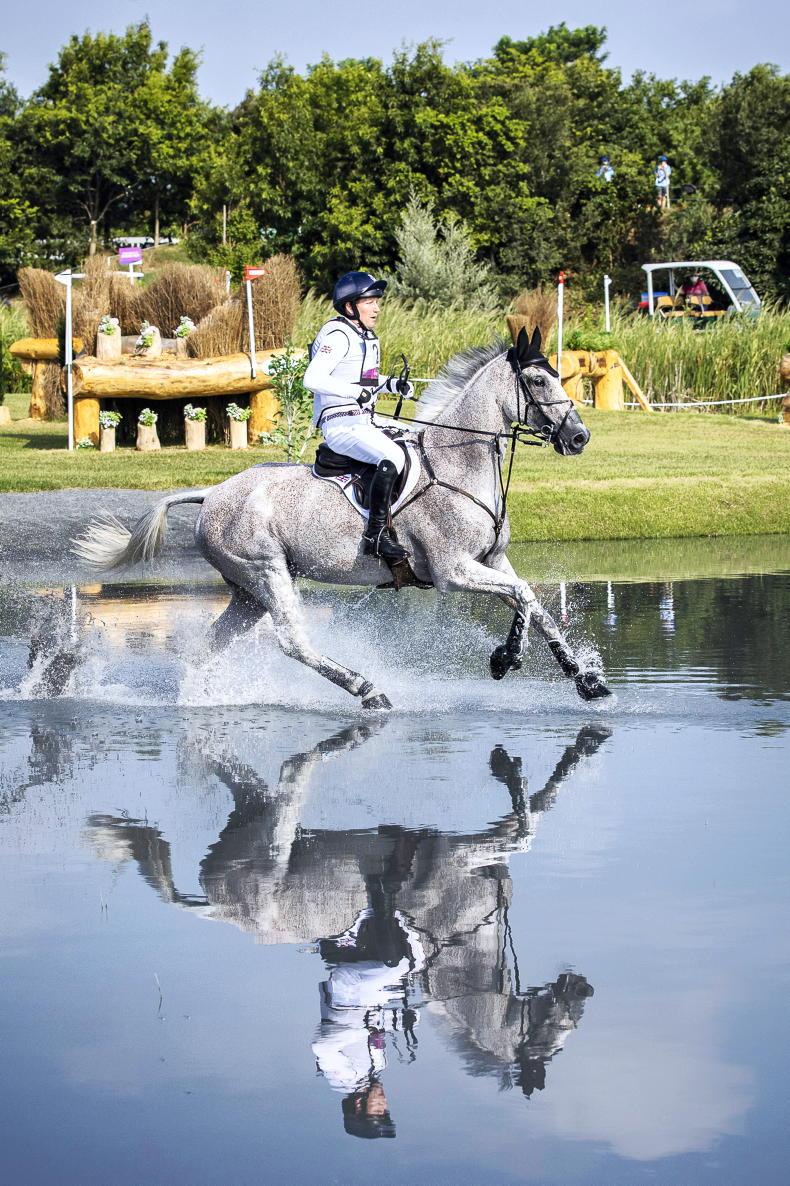
Oliver Townend rides Ballaghmor Class (ISH) during cross-country in Tokyo. They won a team gold for Britain \ Libby Law Photography
C is for Cian O’Connor. The three-time Olympian was best of the Irish show jumpers when seventh in the individual final after picking up a single time fault with the lovely Irish Sport Horse Kilkenny (see K).
D is for Daniels. Cathal Daniels unfortunately lost his place on the Irish eventing team just hours before the competition was due to start. An official statement said his mare, Mags Kinsella’s Rioghan Rua, was ruled out “due to a veterinary issue”.
E is for Explosion W. The superstar 12-year-old gelding by Chacco-Blue went into the Games as the firm favourite to win the individual gold medal. Anything could have happened with the change of format and an unusual six-horse jump-off. But he once again showing his extraordinary power, scope and desire to win for Ben Maher, earning the British rider his second Olympic gold.
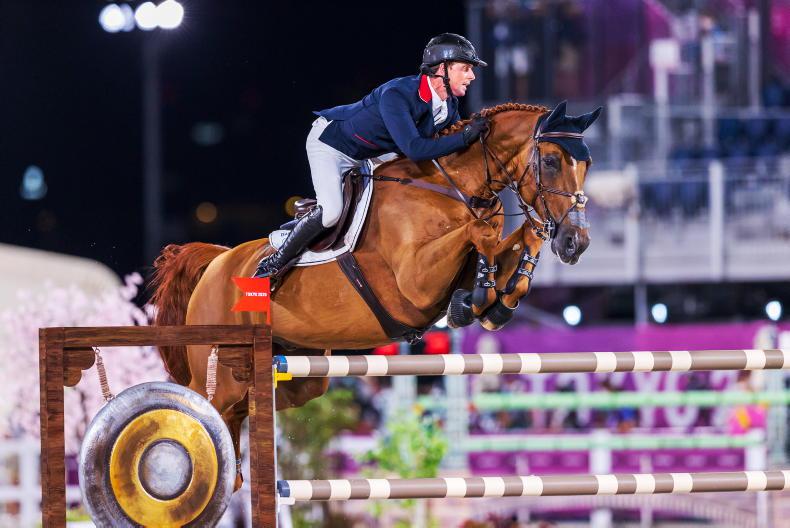
Britain's Ben Maher won the individual gold with Explosion W at the Tokyo Olympic Games \ Tomas Holcbecher
F is for format, which has been widely debated and very sadly for the sport, in my own view, approved once again for the Paris 2024 Olympic Games. Dropping to a three-man team just does not work on horse welfare grounds. In show jumping, the individual final before the team is not a true reflection of five days of hard jumping (NB. That is not taking away from the worthy medal winners.)
G is for Gio. Charlotte Dujardin shocked everyone when she announced she would be taking the inexperienced 10-year-old to Tokyo instead of her more experienced horse Mount St John Freestyle. However, in just their third ever international Freestyle, the 2012 and 2016 Olympic champion smashed their personal best to score 88.54% and take the bronze medal behind Jessica von Bredow-Werndl and Isabell Werth. The bronze, as well as the team bronze won a few days earlier, meant Dujardin became the most decorated British female Olympian with six medals.
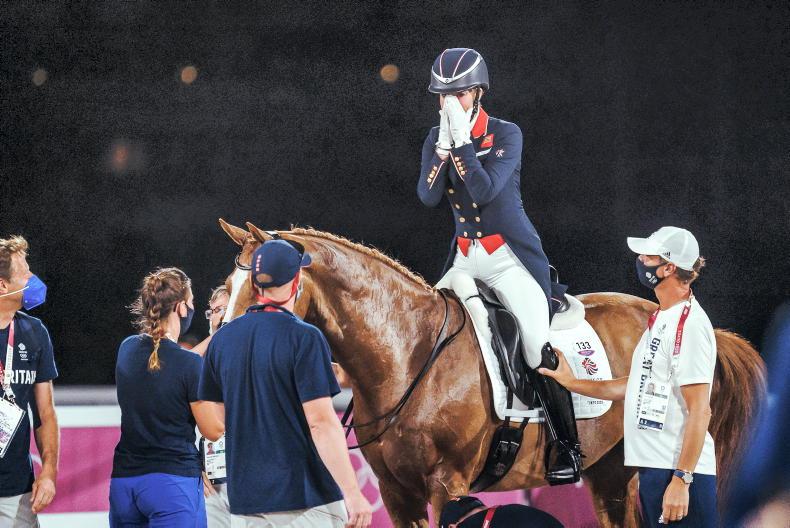
Britain's Charlotte Dujardin reacts to winning the bronze medal with Gio \ FEI/Christophe Taniére
H is for Hoy. Andrew Hoy became Australia’s oldest Olympic medallist when winning team silver and individual bronze in Tokyo with Vassily de Lassos at the age of 62. He previously won three team golds – in Barcelona (1992), Atlanta (1996) and Sydney (2000).
I is for Indiana, Malin Baryard Johnson’s brilliant mare who helped Sweden to team gold. Malin was also on the silver medal-winning Swedish team in Athens 17 years ago.
I is also for Irish-bred horses. Team Ireland fielded six Irish-bred horses in Tokyo. They were Sambuca (Heike Holstien, bred by rider), Horseware Woodcourt Garrison (Sarah Ennis, Patrick J. Kearns), Tullabeg Flamenco (Sam Watson, Nick Cousins), Colorado Blue (Austin O’Connor, Kate Jarvey), alternate Rioghan Rua (Cathal Daniels. Mags Kinsella), Kilkenny (Cian O’Connor, Sinead Brennan), Pacino Amiro (Bertram Allen, Simon Scott). Just one Irish-bred, Ballaghmor Class, won a medal in Tokto and it was team gold for Britain under Oliver Townend.
J is for Jessica Springsteen. While us equestrian folk are well used to see Jessica, daughter of Bruce ‘The Boss’ Springsteen at shows around the world, for sport fans who stumbled upon the jumping while watching Olympic coverage, it was an interesting fact. She was on the USA silver medal team.
K is for the great King Edward. Henrik Von Eckermann’s 11-year-old gelding was the only horse at the Games not to knock a pole, finishing fourth individually and helping Sweden to team gold, and just the third horse in the history of the Olympic Games to do so. He has since gone on to win the GCT Super Grand Prix and finished second in the Rolex Top 10 final. Unusually, he is by the dressage stallion Edward 28.
K is also for Kilkenny, Cian O’Connor's lovely nine-year-old Irish Sport Horse who finished seventh individually. By Cardento, he is out of MHS Pembrook Lady (Guidam) and was bred by Sinead Brennan. Originally named MHS Fernhill, he was produced in Ireland by Sophie Richards before going to Portugal’s Duarte Seabra when owned by Carol Gee of Fernhill Sporthorses. Kilkenny is now owned by Coolmore’s Sue Magnier.
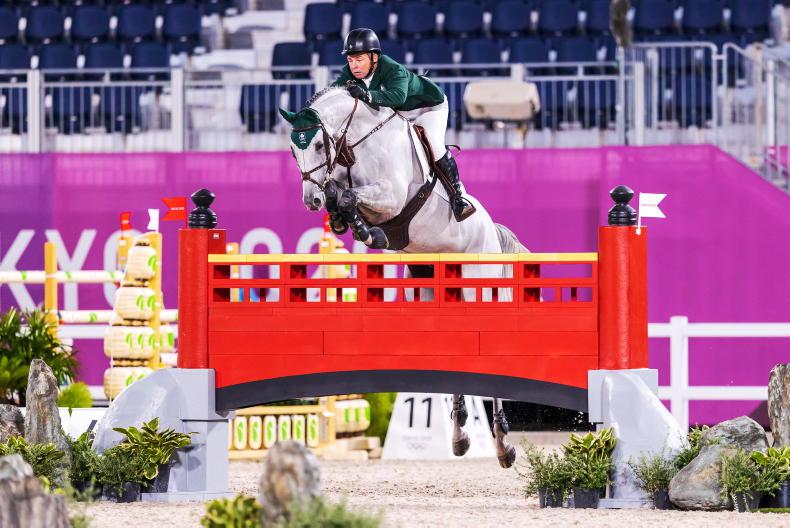
Cian O'Connor finished seventh individually with the Irish Sport Horse Kilkenny \ Tomas Holcbecher
L is for London 52 and Laura Collett. The lovely 12-year-old gelding was among the favourites for a medal at the Olympic Games. They duly delivered for Team GB, helping them to an incredible team gold, but slipped out the individual podium with a couple of poles down on the final day.
M is for Modern Pentathlon, the sport which caused plenty of talking points in Tokyo. The ladies final saw controversy when German athlete Annika Schleu, who had a huge lead of 24 points in the gold medal position, was eliminated from the show jumping after her horse Saint Boy refused to go forward. Her coach, Kim Raisner, was then banned when she appeared to strike the horse on his hindquarters. The governing body for the sport, the UIPM, have since announced that riding will be dropped from the sport after the Paris 2024 Olympic Games. The decision has been met with major backlash from athletes and National Federations.
N is for Natalya Coyle. The three-time Olympian was left devastated after a troublesome show jumping round left her out of contention of a medal in the Modern Pentathlon. She was lying in fourth place heading into show jumping but her horse racked up 27 faults, constantly napping and stopping. The horse was subsequently removed from the competition before the men’s event. She eventually finished in 24th place. “It is just really upsetting. I was coming here to do a lot better. I am really proud of going to three Games, this is not how I wanted to end things,” a visibly emotional Coyle said on RTÉ afterwards.
O is for Olympics! And boy are we glad they finally went ahead in the amazing Toyko, albeit against the very difficult backdrop of Covid-19. Hats off to the Japanese!
P is for para dressage. It was wonderful to have an Irish para dressage team back at the Paralympics after a hiatus in Rio. Michael Murphy, Kate Kerr Horan, Rosemary Gaffney and Tamsin Addison were all making their Paralympic debut and did Ireland very proud.
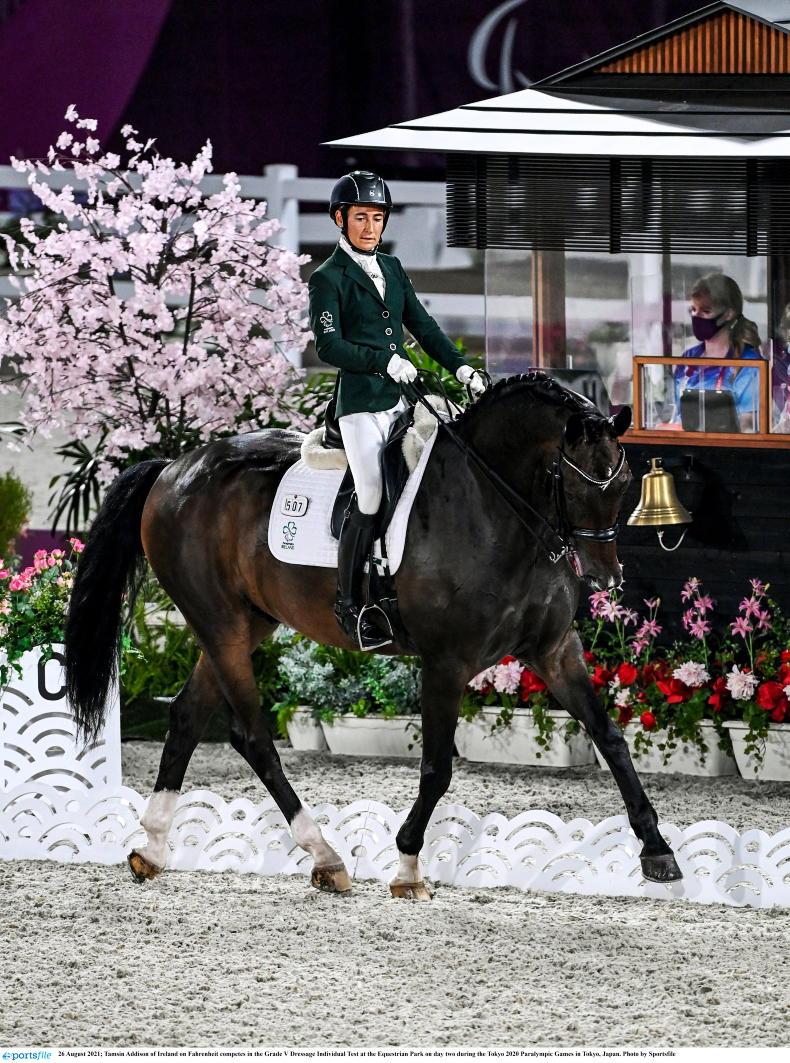
Tamsin Addison and Fahrenheit at the Paralympic Games in Tokyo, Japan \ Sportsfile
P is also for Pacino Amiro, the nine-year-old who finished 15th under Bertram Allen. By the late great Pacino, he was bred by Simon Scott in Co Donegal and owned by Aiden McGrory. Pacino Amiro was produced in Ireland by Kenneth Graham before going to Allen’s stable.
Q is for Quel Homme de Hus. Jérôme Guery’s Quelle Homme De Hus was one of my horses to watch before the Games and the 15-year-old Quidam de Revel stallion duly delivered for Belgium. He did not knock a pole over four rounds at the Games, and was it not for a refusal at the last fence in the individual final, he could have been jumping off for a medal. The pair were one of four clears inside the time in the team final to help Belgium win the bronze medal.
R is for Rosemary Gaffney. Before finally making her Paralympic debut in Tokyo, Rosemary was the self-confessed ‘bridesmaid’ of the Paralympics as the reserve rider for both London and Tokyo. She was the first Irish athlete to trot down the centre line, riding in the Grade IV individual competition, and, with Werona, scored 65.39% to finish 15th. Gaffney is of course well known for her role in running the equine department at Kildalton College.
S is for Shane Sweetnam who had a nightmare first Olympic experience. Called into the team after Cian O’Connor was forced to withdraw Kilkenny, he fell from his mount Alejandro mid-way through the round. Going back to the format (see F), had there been a fourth man on the team, Shane would have pulled up and saved his horse for another day.
S is also for Sambuca, Heike Holstein’s home-bred mount in Tokyo. (See Irish-bred horses)

Heike Holstein and Sambuca in action at the Tokyo Olympic Games \ Tomas Holcbecher
T is for Tomoto. It was almost a fairytale finish for Japan’s Kazuma Tomoto who was just over two marks off the podium in fourth place with Vinci De la Vigne. He trains in British with the legendary William Fox-Pitt and only began eventing five years before Tokyo with the Games in mind.
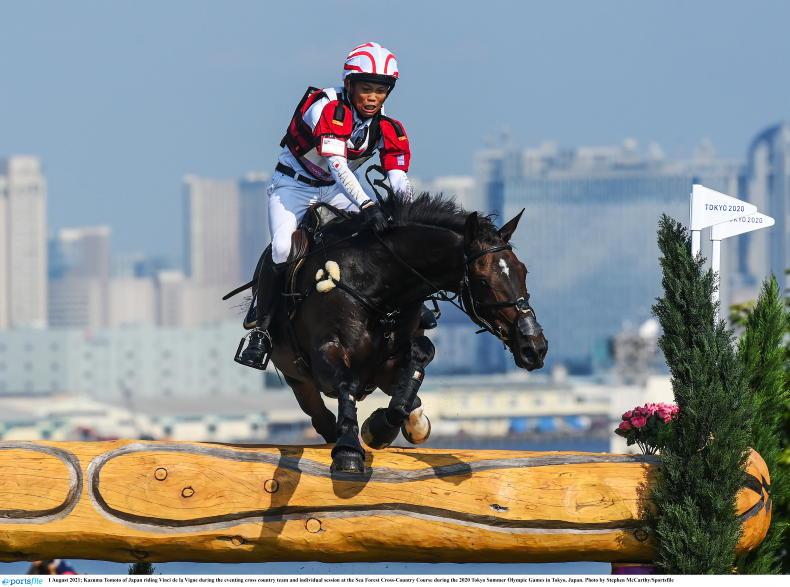
Kazuma Tomoto of Japan riding Vinci de la Vigne during the cross country. The pair finished fourth individually \ Stephen McCarthy/Sportsfile
U is for unique. The Tokyo Games was different in many ways. Most evident was no spectators being allowed to attend. However, there was full television and internet coverage bringing you right into the action in Japan.
V is for von Bredow-Werndl, the new dressage Olympic Champion. Jessica von Bredow-Werndl was making her Olympic debut in Tokyo and wowed the judges to win individual gold with the fabulous 14-year-old mare TSF Dalera on a personal best score of 91.73%. She also helped Germany to win team gold alongside her teammates Isabell Werth and Dorothee Schneider. It was a remarkable 14th gold for Germany.
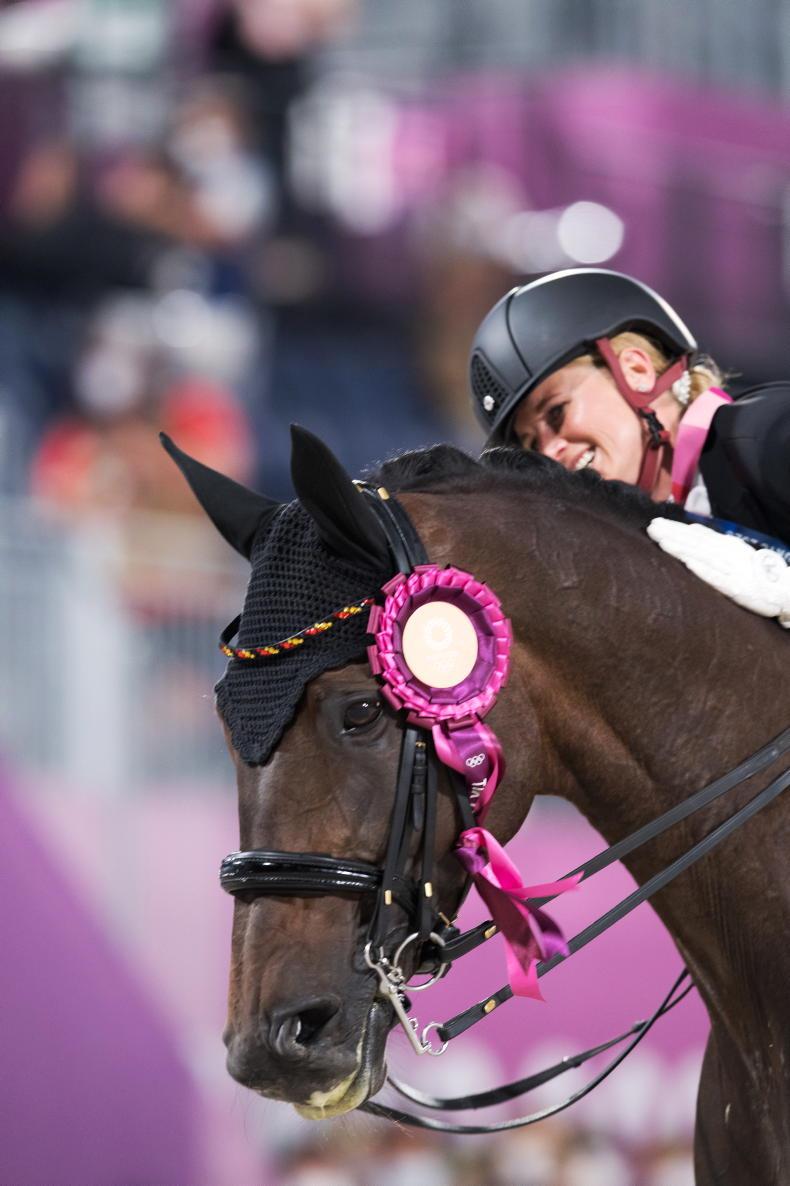
Jessica von Bredow-Werndl shows some love to her double Olympic gold medal winner TSF Dalera \ FEI/Christophe Taniére
W is for Werth. Isabell Werth is the most decorated Olympic equestrian athlete of all time with a total of 12 medals, seven of them gold. She was Olympic champion in 1996. She added two silver medals to her haul in Tokyo with the great 17-year-old mare Bella Rose, whose retirement has since been announced.
X is for X-extraordinary. The wonderful spirit and sheer joy of competing was so evident throughout the Olympic and Paralympic Games across all sports.
Y is for Yoshiaki Oiwa, who was selected for the home nation of Japan on the eventing team. Riding Calle 44, he was eliminated across country due to a rider fall.
Z is for a Zenith of a year as we look to 2022.
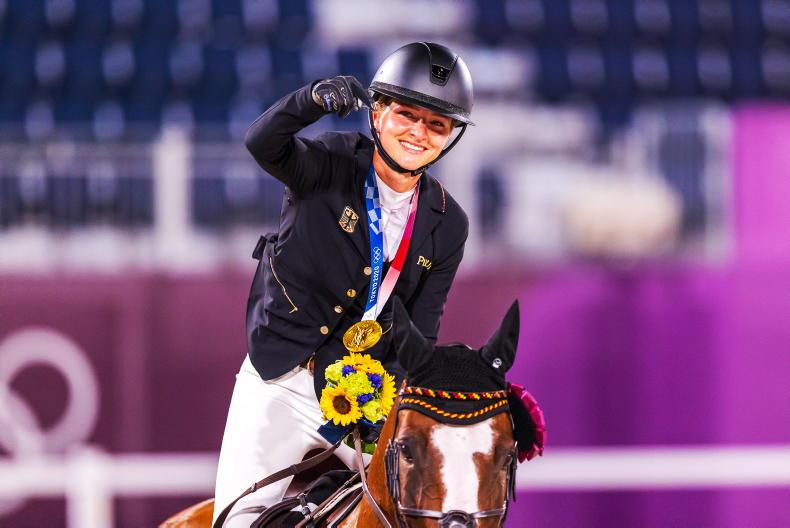

 This is a subscriber-only article
This is a subscriber-only article
 It looks like you're browsing in private mode
It looks like you're browsing in private mode





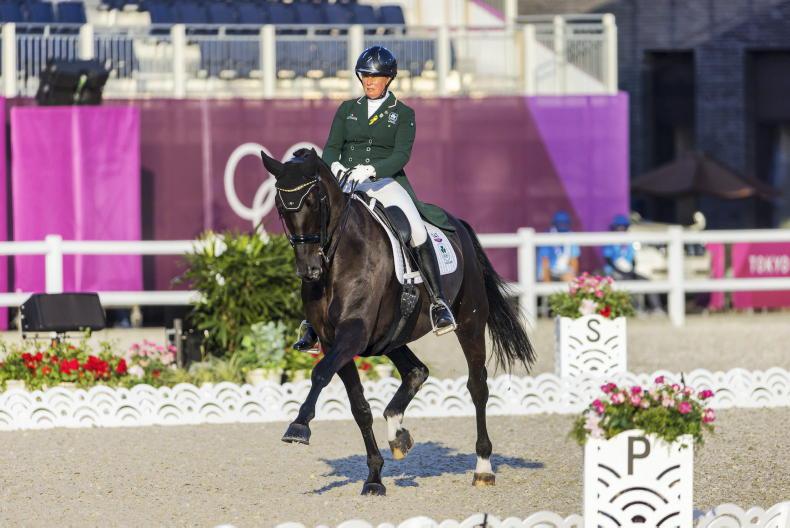



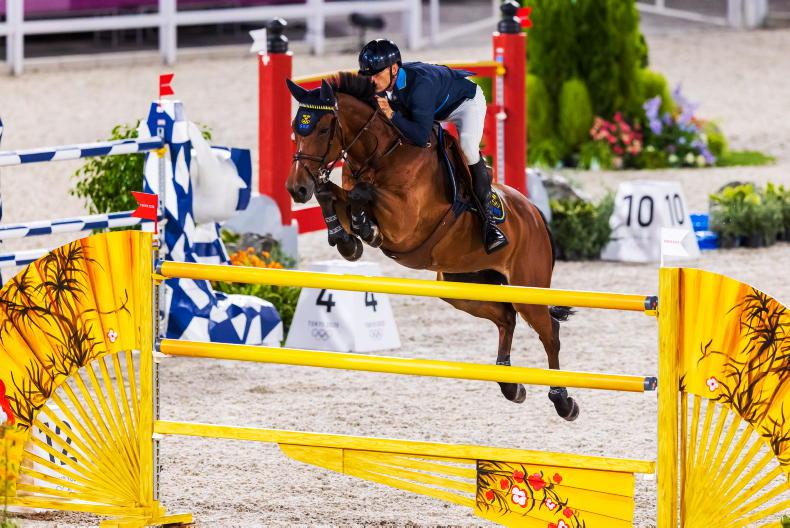




SHARING OPTIONS: